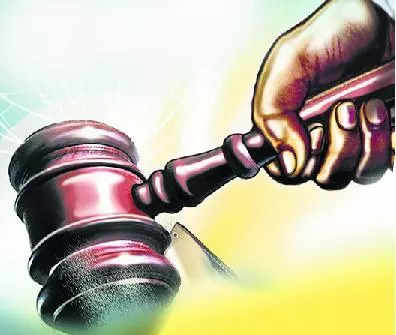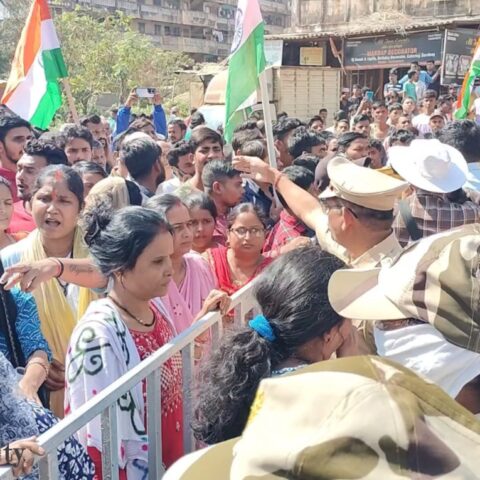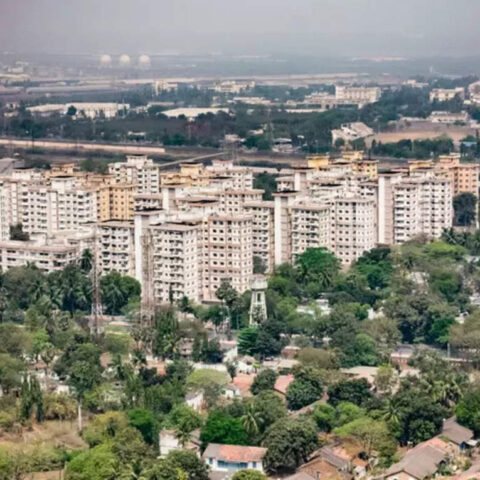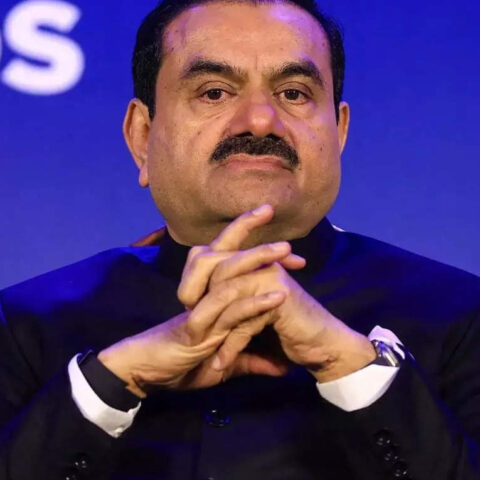
MUMBAI: Expressing concern over “vertical slums“, Bombay high court said lack of sunlight and ventilation in some rehabilitation buildings under the slum schemes in the city could lead to health issues, and the shanty inhabitants “are better off on the ground”.
“We ought not to tolerate vertical slums…We are really worried for the city,” a division bench of Justices Girish Kulkarni and Somasekhar Sundaresan remarked orally on Friday while hearing a PIL to assess the effectiveness of the Maharashtra Slum Act of 1971.
After a July 30 Supreme Court order, HC tasked itself suo motu to undertake a performance audit of the law, which senior counsel Darius Khambata, as amicus curiae, said would finally benefit not just slumdwellers, but the city and all its inhabitants.
“It is so difficult to safeguard public land. In one matter, where senior advocate Gayatri Singh is appearing for slumdwellers, acres and acres of mangrove land had slums on it. There will now be rehabilitation and buildings on it,” said Justice Kulkarni, as a host of lawyers made suggestions based on the seven parameters that Supreme Court had laid down to look at the slum Act, which for over decades has governed how Mumbai’s more than 60% population squatting in shanties get free homes in buildings.
Senior counsel Pravin Samdani said, “Slums are formed daily. Why is there no action to stop new slums?” Justice Kulkarni agreed, and asked, “how to curb the proliferation of new slums? Why should there be a bonanza [free housing] for eligible slumdwellers? Look at Sanjay Gandhi National Park. There are encroachments there too. We are giving you examples.”
When senior counsel Navroz Seervai showed images of rehab buildings standing very close to each other, Justice Kulkarni remarked how it was akin to “vertical slums”, affecting residents’ fundamental right to life which authorities ought to address. State advocate general Birendra Saraf pointed it may be an “aberration” and he could also show photographs of rehab buildings that were far apart with adequate sunlight and ventilation.
One suggestion said, “Give those migrating for work, low-cost rental housing. Let there be a housing pool that remains with the state.” He also spoke of how it was builders going to slums to effect a redevelopment, not vice versa, and how builders then fail to pay transit rent to slumdwellers pending construction.
Khambata said slumdwellers sell their free homes at market rates; they should at best be allowed to sell at a cost. He also cited how a provision of law, which empowers Slum Rehabilitation Authority (SRA) to take over a project if the builder doesn’t deliver, is rarely resorted to and builders keep changing for 15-20 years. Justice Kulkarni said: “There are methods a builder finds to stay on a particular plot.”
On comparisons being made with Singapore, Saraf said the ground and social realities of Mumbai and India cannot be lost sight of. He said the state and SRA have taken initiatives in recent times to ensure slum rehabilitation expeditiously and effectively. But the state welcomes any suggestions which will help the process.
Justice Kulkarni said the aim should be to strive towards the ideal situation, to tackle the issue ground up, and build a state housing pool. The AG said that “a drone survey is being carried out,” to map slums. Khambata, a former AG, said the situation at times is “like Alice in Wonderland. Curiouser and curiouser. Next to the new airport, it already looks like shanty towns are coming up…” HC sought suggestions, including on legal reforms and allied issues in addition to the seven flagged by Supreme Court, be sent to a nodal advocate Samit Shukla and posted the matter next month.









